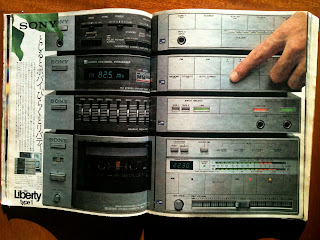(日本文はスクロールするとご覧になれます/Scroll for Japanese)
Yesterday I was invited to the reception at Designmuseum Denmark to celebrate the release of this iconic book. Based on several years of research, the author Mirjam Gelfer-Jørgensen examines how Danish artists and designers have adopted elements from Japanese art in order to create an independent Danish form of expression.
This book is centered around the question "why is it that Danish architecture and applied art have drawn lessons and inspiration from the art of country that lies on the other side of the globe, with a social context which in many ways is fundamentally different from that of Denmark?".
It was overwhelming to find out that the SÆSON rugs have been selected as one of the work pieces presented in this academic book. It is a true honor to get chosen to represent the work of Krestine Kjærholm, and especially in this book about Danish design and Japan.
It is Ayanomimi's vision to continue contributing to the creation of a Danish-Japanese form of expression.
Influences from Japan in Danish Art and Design 1870 - 2010
Mirjam Gelfer-Jørgensen, read more about the book: The Danish Architectural Press
424 pages, 24.5 cm x 27.3 cm
 |
| SÆSON designed by Krestine Kjærholm / a product of Ayanomimi |
4月23日に「Influences from Japan in Danish Art and Design 1870 - 2010」
(著者:Mirjam Gelfer-Joergensen、全424ページ、24,5 cm x 27,3 cm)が出版され、
デザインミュージアム・デンマーク(工芸博物館)で行われた出版発表会に招待されて行って来ました。
デザイナーやアーティストが日本の文化に影響されて生まれた優れたデニッシュ・アート及びデザインについて綴られています。日本とデンマークの深い繋がりを改めて感じるとても興味深い一冊です。
取り上げられた作品の中にクレスティーヌ・ケアホルムさんの作品の一つとして「セゾン」が紹介されました。
学術的な本にAyanomimiがプロデュースした作品が取り上げられて光栄です。
出版発表会ではクレスティーヌさんと更なる活動についてお話をしました。
Ayanomimiはこれからも日本とデンマークの繋がりを大切に、活動を続けてゆきたいと思います。
Order the book: The Danish Architectural Press





































